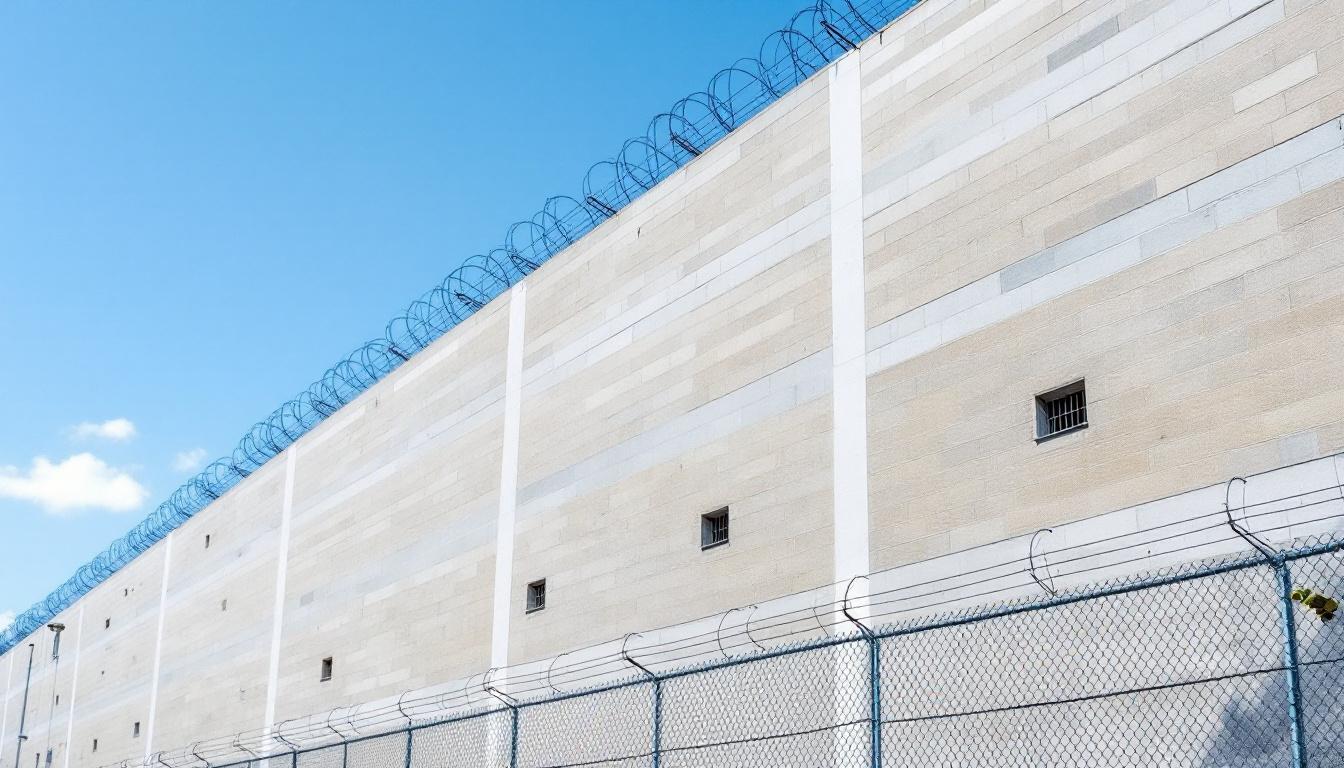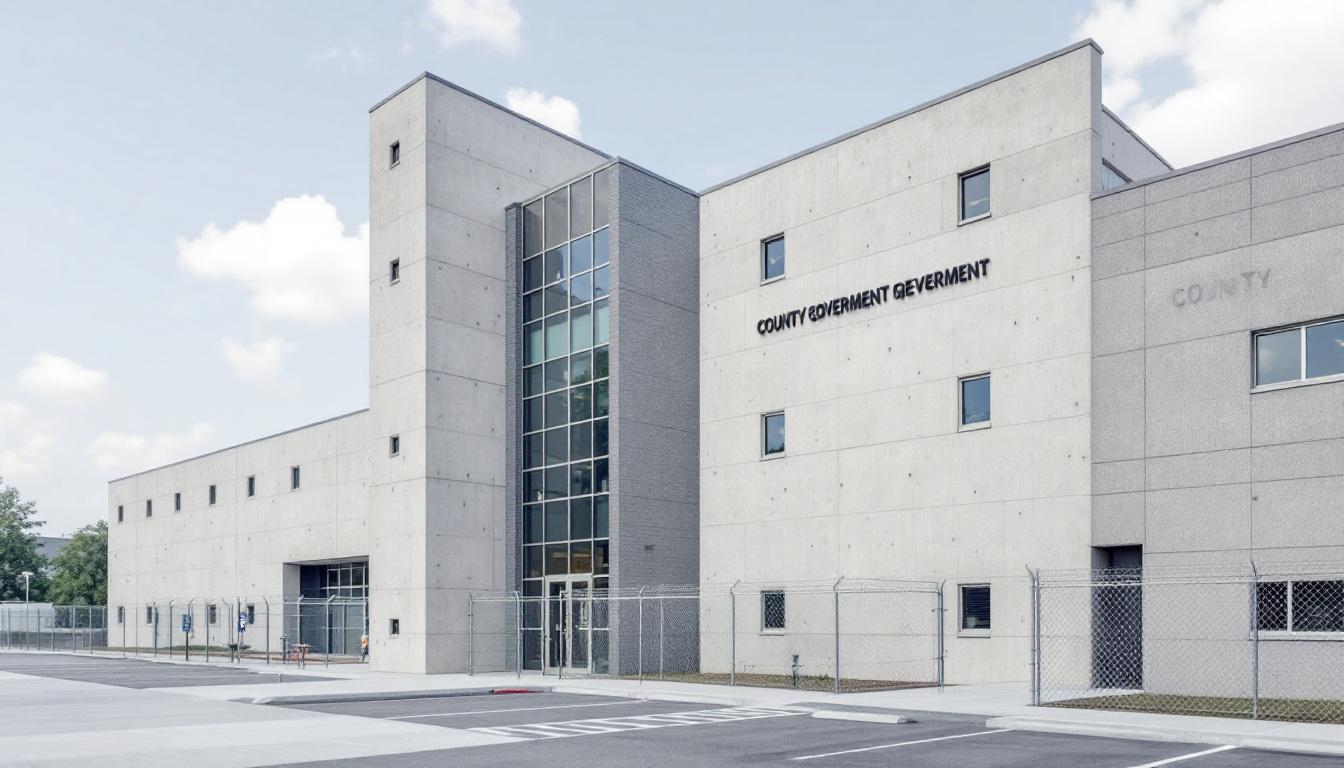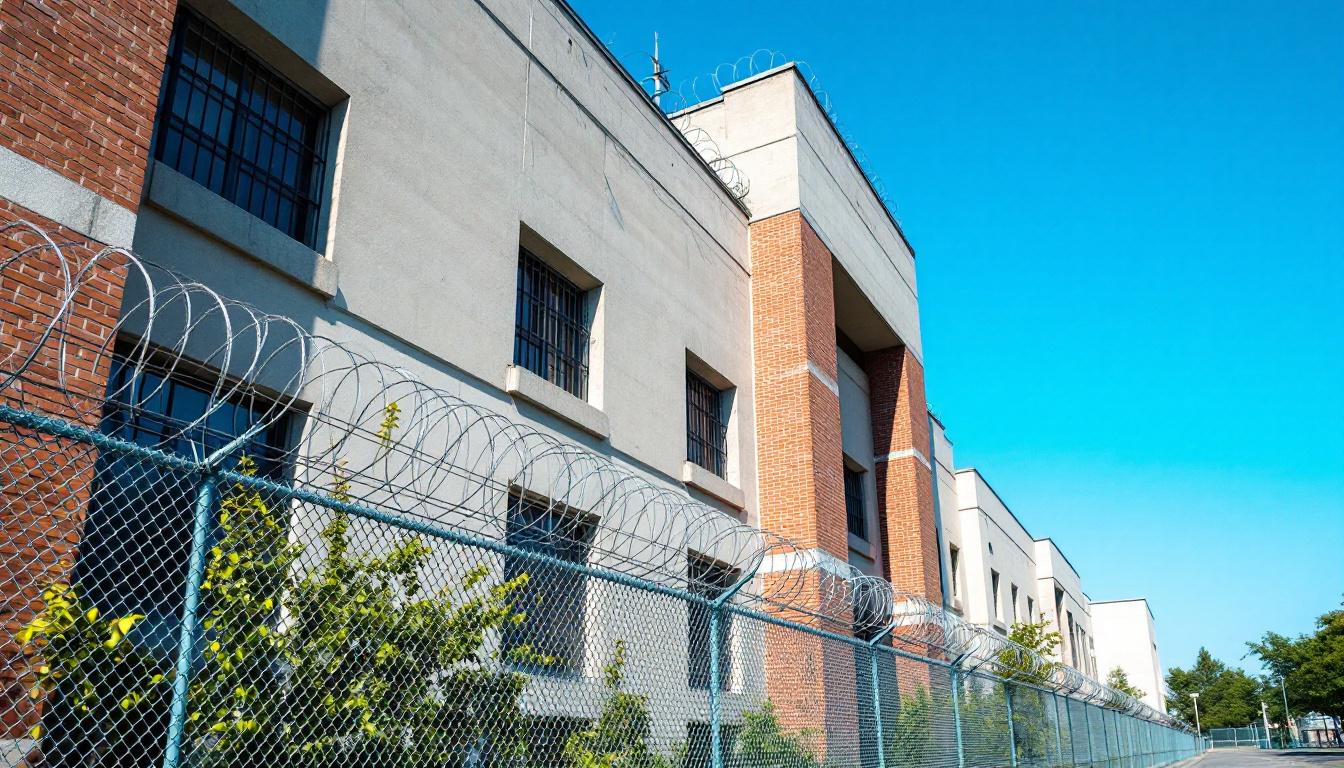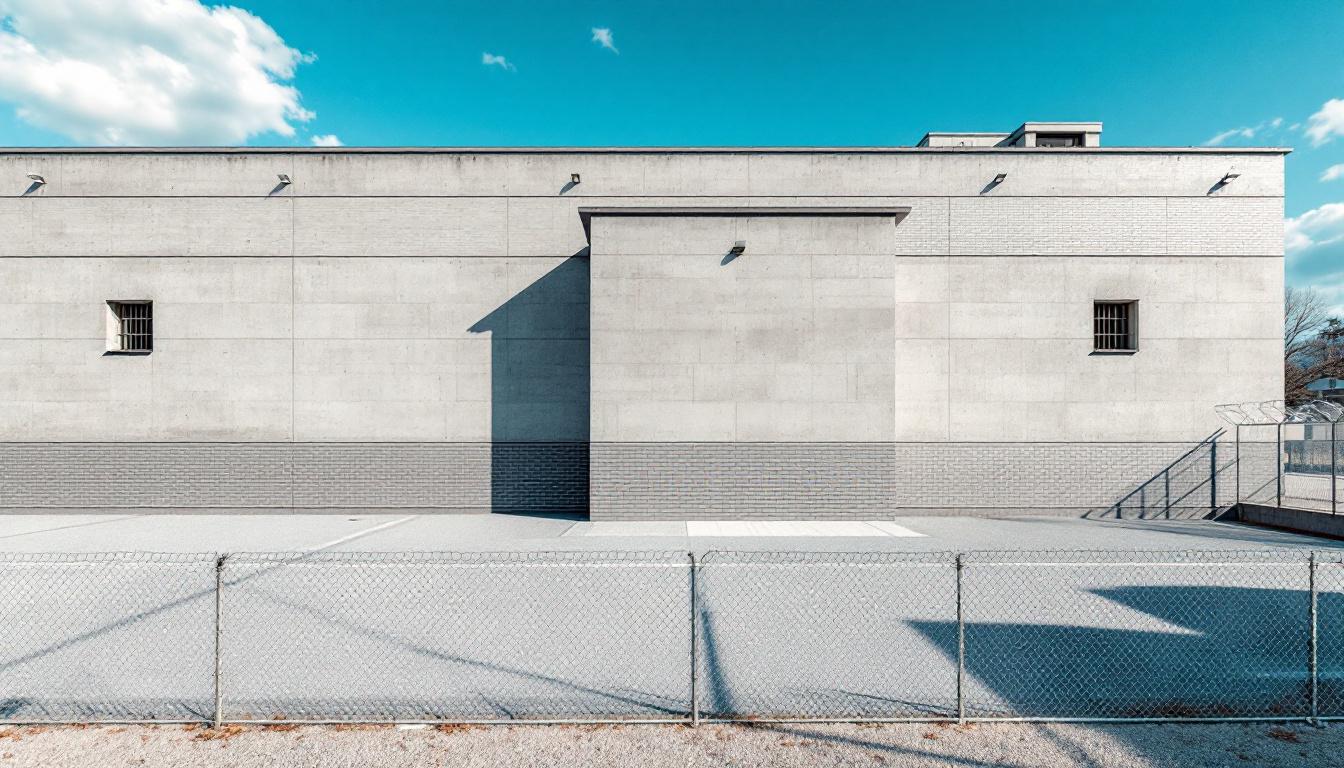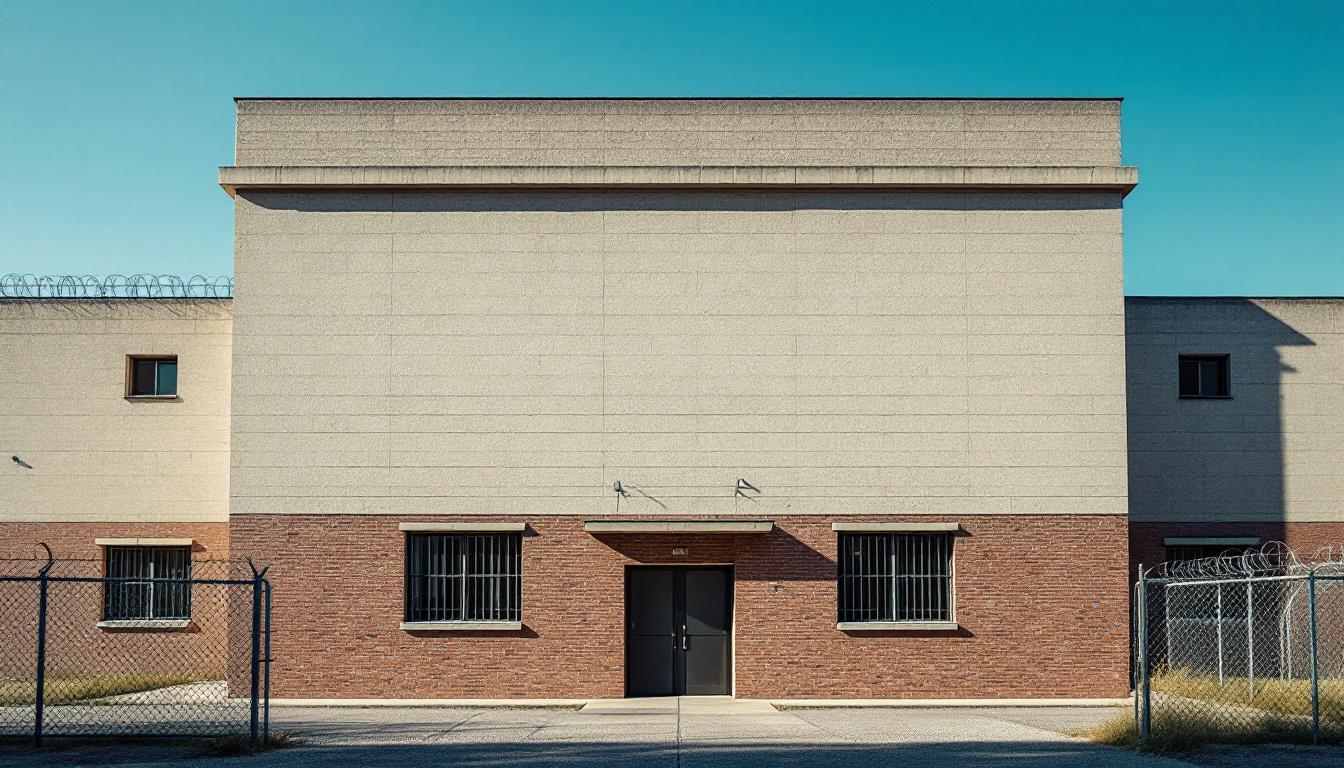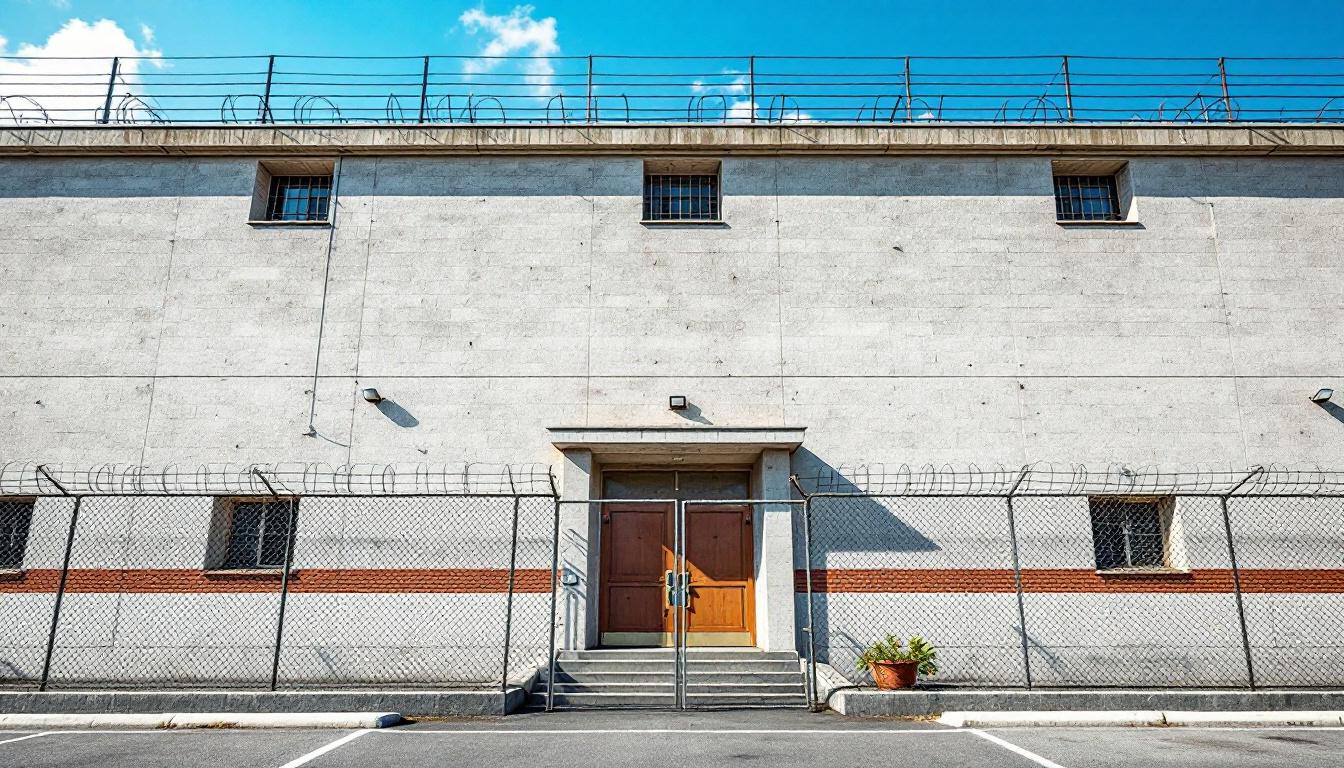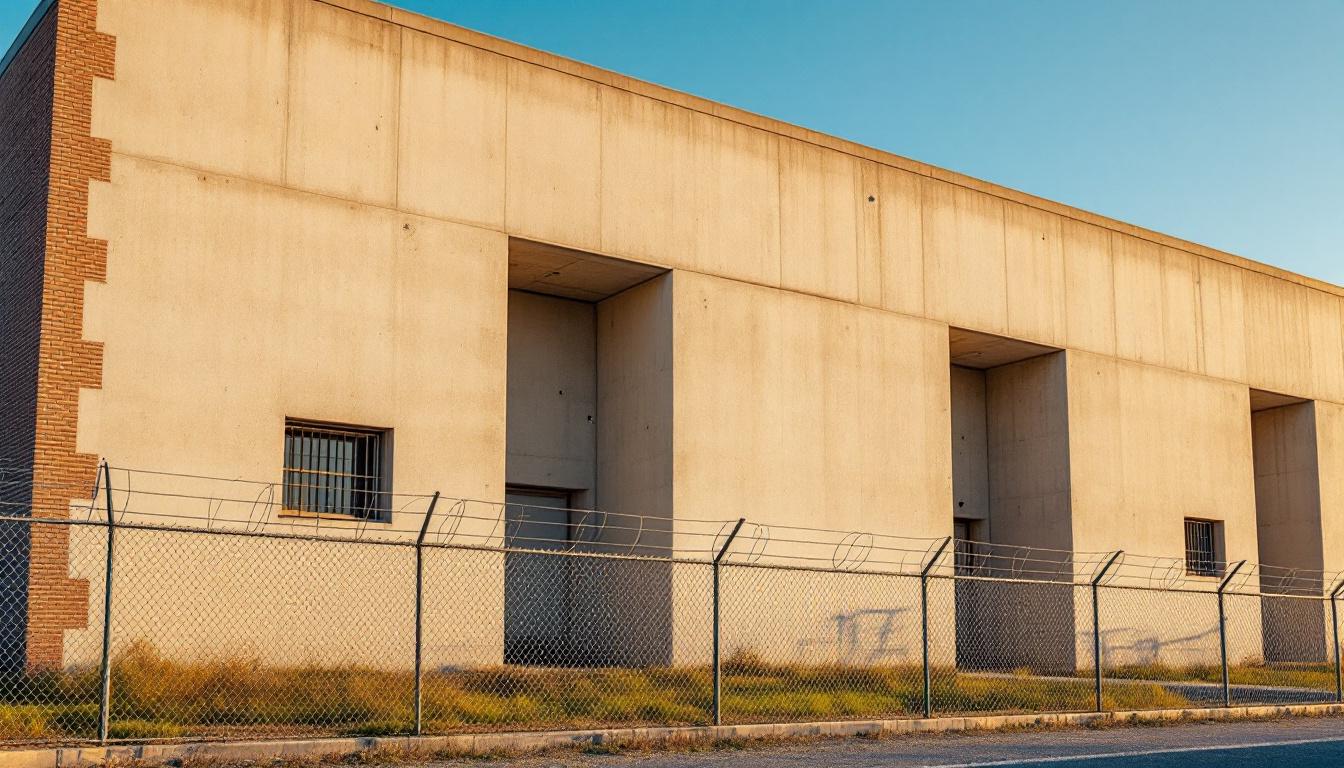
Quick Navigation
How to contact an inmate at TDCJ Hodge Unit
This comprehensive guide will walk you through how to connect with an inmate at TDCJ Hodge Unit. Follow the steps below to find an inmate and send letters and photos:
- Search for the inmate using our search tool below
- Create your account or log in to Penmate
- Write your message (up to 6,000 characters)
- Send instantly - inmates receive printed copies daily
Find an Inmate
Search for an inmate to start communicating today
Tip: You can search by first name, last name, or inmate ID number
To contact a person at TDCJ Hodge Unit start by searching for the person on the official facility website. Perform a search by following these steps:
- Step 1: Enter their first name and last name into the search form and click "Search"
- Step 2: Locate their inmate record
- Step 3: Write down their Inmate ID and any housing information provided
Important! Be sure to enter the person's full name. Nicknames should not be used.
How to Send Messages to Inmates

You can use your phone or computer to send emails, letters, and photos to an inmate. Messages are sent electronically to inmate tablets or kiosks at the facility. If you would like to send a message, start by searching for an inmate at TDCJ Hodge Unit.
Sending Photos and Postcards

A great way to send love and support to a loved one at TDCJ Hodge Unit is to send photos and postcards. It only takes a few minutes to send photos from your phone and it makes a huge difference. You can also mail postcards with words of support and inspiration, or design your own postcard for special moments like birthdays and holidays.
Important! Be sure not to send any explicit photos or they may not be approved by the facility. You can also use a photo printing app like Penmate to make sure your photos are printed at the correct size (4x6 or 3x5) and are mailed according to the rules and regulations of TDCJ Hodge Unit.
Frequently asked questions about TDCJ Hodge Unit
-
How long does it take to deliver a message?
If you're sending an email message your letter is usually delivered within 24-48 hours. For messages sent via mail you should expect delivery within 3-7 days. All messages will need be approved by TDCJ Hodge Unit.
-
How much does it cost to send a message to TDCJ Hodge Unit?
You can send a message free using your phone or mail a message via USPS for the price of a $0.60 stamp and envelope. You can also purchase credits or e-stamps from services starting at $1.99.
-
What services can I use to contact an inmate at TDCJ Hodge Unit?
Penmate
You can use Penmate to send letters and photos to an inmate from your phone. It's an easy way to stay in touch during your loved one's incarceration. Use the inmate locator to find an inmate's location and contact information, then you can send messages within a few minutes.
Securus messaging
Securus may be another option for communicating with an inmate at TDCJ Hodge Unit. You can create a friends and family account and purchase credits to send messages. All messages will be reviewed and must be approved by the facility.
JPay
Some county jails and state prisons may support sending messages with JPay. You must register an account with the system, find your loved one, and purchase stamps to send messages. For some locations you can also attach photos.
Smart Jail Mail
You may also check if Smart Jail Mail is available at TDCJ Hodge Unit. Smart Jail Mail is operated by Smart Communications and has contracted with some state and county jails. After purchasing credits, your messages and photos are sent to the facility, printed out, and then handed out to your loved one.
-
What is the mailing address of TDCJ Hodge Unit?
Mailing address:
TDCJ Hodge Unit
379 FM 2972
Rusk, TX 75785
Phone: (903) 683-5781 -
What are the visiting hours at TDCJ Hodge Unit?
Visiting hours at TDCJ Hodge Unit vary by housing unit and security level. Generally, visits are scheduled on weekends and holidays, with some facilities offering weekday visits. Contact the facility directly at (903) 683-5781 or check their website for the current visiting schedule. Visits typically last 30-60 minutes and must be scheduled in advance.
-
What items are prohibited when sending mail to TDCJ Hodge Unit?
Prohibited items typically include: cash, personal checks, stamps, stickers, glitter, glue, tape, staples, paperclips, polaroid photos, musical or blank greeting cards, hardcover books, magazines with staples, and any items containing metal or electronics. Only send letters on plain white paper with blue or black ink. Photos must be printed on regular photo paper (no Polaroids). Always check with TDCJ Hodge Unit for their specific mail policies.
-
How do I send money to an inmate at TDCJ Hodge Unit?
You can send money to an inmate at TDCJ Hodge Unit through several methods: 1) Online using JPay, Access Corrections, or the facility's approved vendor, 2) Money orders mailed directly to the facility with the inmate's name and ID number, 3) Kiosks located in the facility lobby, or 4) Over the phone using a credit or debit card. Fees vary by method, typically ranging from $2.95 to $11.95 per transaction.
-
Can I schedule a video visit with an inmate at TDCJ Hodge Unit?
Many facilities now offer video visitation as an alternative to in-person visits. At TDCJ Hodge Unit, video visits may be available through services like Penmate, Securus Video Connect, GTL, or ICSolutions. Video visits typically cost $10-20 for 20-30 minutes and must be scheduled in advance. You'll need a computer or smartphone with a camera and reliable internet connection. Contact the facility for their specific video visitation policies and approved vendors.
-
What identification do I need to visit an inmate at TDCJ Hodge Unit?
All visitors must present valid government-issued photo identification such as a driver's license, state ID, passport, or military ID. Minors must be accompanied by a parent or legal guardian who can provide the minor's birth certificate. Some facilities require visitors to be on the inmate's approved visitation list, which may require a background check. Contact TDCJ Hodge Unit for specific ID requirements and visitor approval procedures.
-
How can I find out an inmate's release date?
To find an inmate's release date at TDCJ Hodge Unit, you can: 1) Use the online inmate search tool if available, 2) Call the facility's records department, 3) Contact the inmate's case manager or counselor, or 4) Have the inmate provide this information during a call or visit. For privacy reasons, some facilities only release this information to immediate family members.
Facility Overview
Official Website

About TDCJ Hodge Unit
Maintaining security while fostering meaningful rehabilitation opportunities represents the dual mission that guides operations at the Hodge Unit, TX, a correctional facility serving the Dallas metropolitan area. This TX correctional facility operates within the broader framework of the state's correctional system, contributing to public safety through structured incarceration and evidence-based programming approaches that address the diverse needs of those in custody.
The facility's location within the Dallas region positions it strategically within Texas's extensive correctional network, where it typically houses individuals serving various sentence lengths under secure conditions. Historical development of correctional practices in Texas has emphasized the importance of balancing custodial responsibilities with preparation for eventual community reintegration, and this philosophy generally influences daily operations and program offerings. Those incarcerated services may include educational opportunities, vocational training components, and behavioral intervention programs designed to address underlying factors that contribute to criminal behavior.
Programming approaches at this correctional facility often reflect contemporary understanding of effective rehabilitation methods, potentially incorporating substance abuse treatment, mental health services, and life skills development initiatives. The institutional structure typically maintains multiple security levels and housing arrangements to accommodate different custody classifications while ensuring appropriate supervision and safety protocols remain in place throughout all facility operations.
Programs & Services
Meaningful opportunities for personal transformation and skill development form the foundation of daily life for those incarcerated at this Texas correctional facility. The facility typically emphasizes structured programming that builds practical capabilities while maintaining a secure environment. Those incarcerated often find multiple pathways to develop new competencies and strengthen existing abilities through carefully designed offerings.
Educational and vocational opportunities may furnish essential job readiness training for those preparing to reenter their communities. Vocational training programs often include hands-on instruction in various trades, while HVAC certification courses typically provide specialized technical skills valued in the workforce. These structured learning environments often emphasize both theoretical knowledge and practical application, helping participants build confidence alongside marketable abilities.
In addition to these educational components, comprehensive support services typically address various aspects of personal development and daily facility operations. Work programs often provide those incarcerated with meaningful responsibilities and skill-building opportunities through building maintenance and other essential tasks. Faith-based initiatives may offer spiritual guidance and community connection, while mentoring programs typically pair participants with guidance and support networks. These varied offerings often work together to create a structured environment that emphasizes accountability, personal growth, and preparation for successful community reintegration.
Daily Life & Visitation

Strong family bonds and peer relationships form the foundation of social life for those incarcerated at this East Texas facility. At present, residents actively participate in structured daily routines that begin with early morning counts and meals served in communal dining areas. The day typically progresses through work assignments, educational programming, and recreational periods that allow for meaningful social interaction.
Housing units generally accommodate multiple residents in dormitory-style or cell arrangements, depending on security classification and available space. Those incarcerated often develop supportive relationships with their housing unit neighbors, creating informal networks that help navigate daily challenges. Meals are typically served at scheduled times in central dining facilities, providing regular opportunities for community gathering and conversation among residents.
In addition to this structured environment, the facility usually offers various recreational activities that may include outdoor exercise periods, library access, and organized sports when space and staffing permit. Visitation policies generally allow approved family members and friends to maintain connections through scheduled visits, while telephone access and correspondence help sustain relationships with the outside community. Work assignments within the facility often furnish additional structure and may include maintenance duties, kitchen services, or other operational support roles that contribute to the facility's daily functioning.
Ready to Connect?
Start communicating with your loved one today
Search for an Inmate
